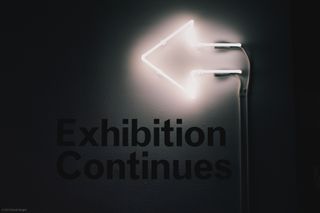Turning Against “Streams” as a Media Design Principle

Last week Alexis Madrigal, writing in The Atlantic, explored a possible turning point for “streams” as a media design principle. Taken at its most literal, the “streams” mindset has resulted in news designs optimized almost exclusively around reverse chronological lists. It’s an idea that’s been hot inside news startups these last few years, with entire outlets launching around the concept. Madrigal remarks:
There are great reasons for why The Stream triumphed. In a world of infinite variety, it’s difficult to categorize or even find, especially before a thing has been linked. So time, newness, began to stand in for many other things.
But while it may work for some apps and services, I’ve always felt it was a particularly thin organizing principle for all but the shallowest content. Content that isn’t much more than a datum, where timeliness really is the only modifier beyond the basic fact being conveyed. A list of headlines. A crawl of stock quotes.
For those things, “nowness” can be a wonderful thing to optimize for. But the stream does a lousy job of communicating any context other than timeliness. It’s not even good at conveying time beyond a certain limited range, since the characteristics of most reverse chronological lists make even that utility fleeting.
At its worst, the stream represents an abdication of design and editing in news. The lessons we learned from the mid-aughts, when news design departments were getting hit with feverish requests to redesign their sites around search bars, feel particularly relevant here.
We re-learned then that organizing for a single approach vector hurt the prioritization of information, the establishing of context. When users come to a news homepage or land on a story, they often don’t know what they don’t know. Or they have an idea there’s something they should read up on and need to find out more about. Streams are an inefficient mechanism for either.
That said, I don’t think the two are as mutually exclusive as Madrigal implies. There are operations capable of toggling between the two, representing content in an editorially-informed way when that context matters, and switching to a view that optimizes for timeliness when that takes priority. (Or, to use Madrigal’s artful turn of phrase, between “nowness,” and a, “network of many times.”)
Organizations already equipped with a strong editorial component will have an easier time operating across these two modes. For them, presenting content in a stream is an act of reduction and reordering. A filter switch.
Companies that have baked the vogue for streams too deeply into their mindsets and operating structures will have the harder time of it. For them, creating context requires developing a shrewdness they don’t already possess. And it only follows after a recognition that context matters—maybe even more, in the long run, than the success of streams led them to believe.